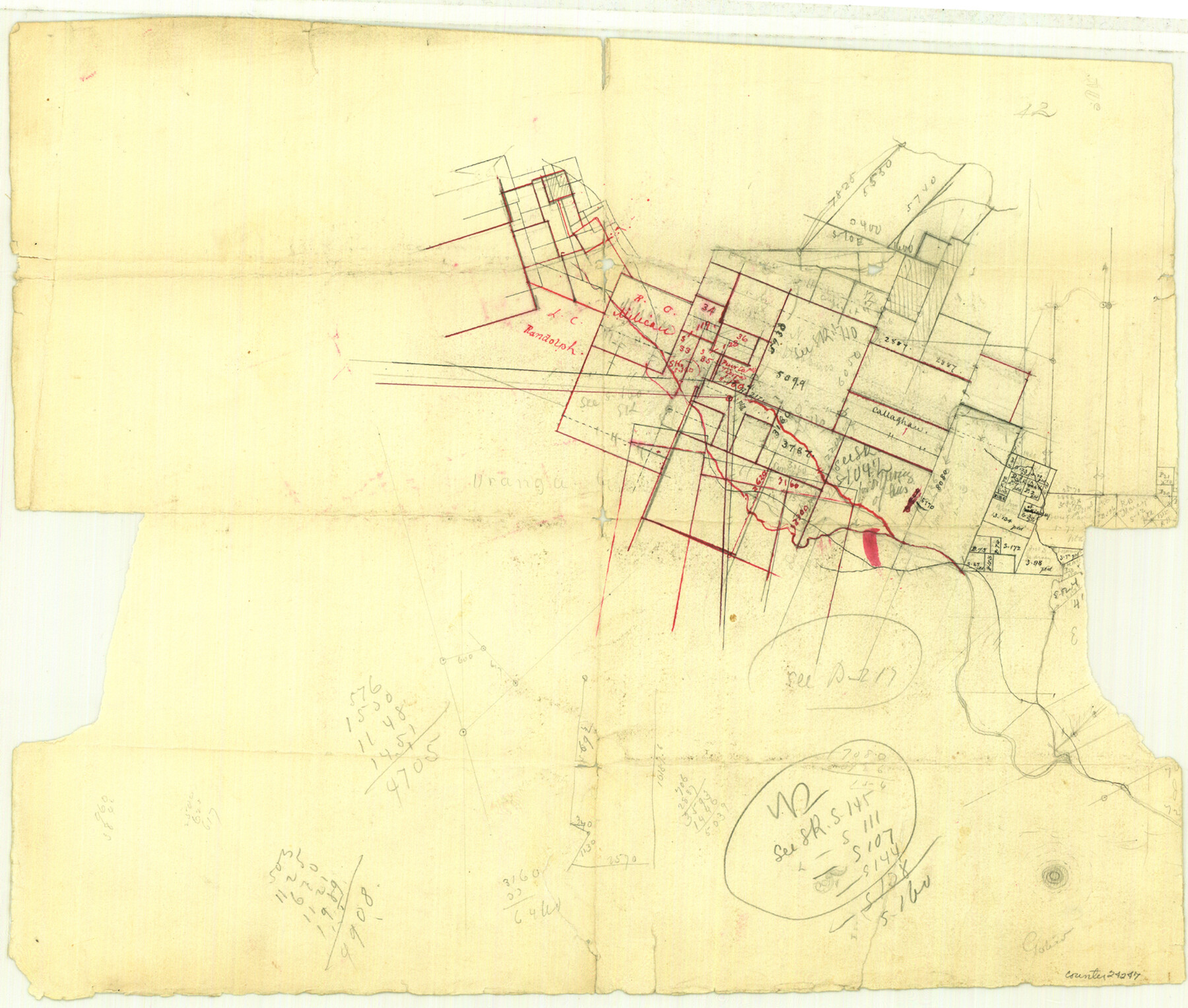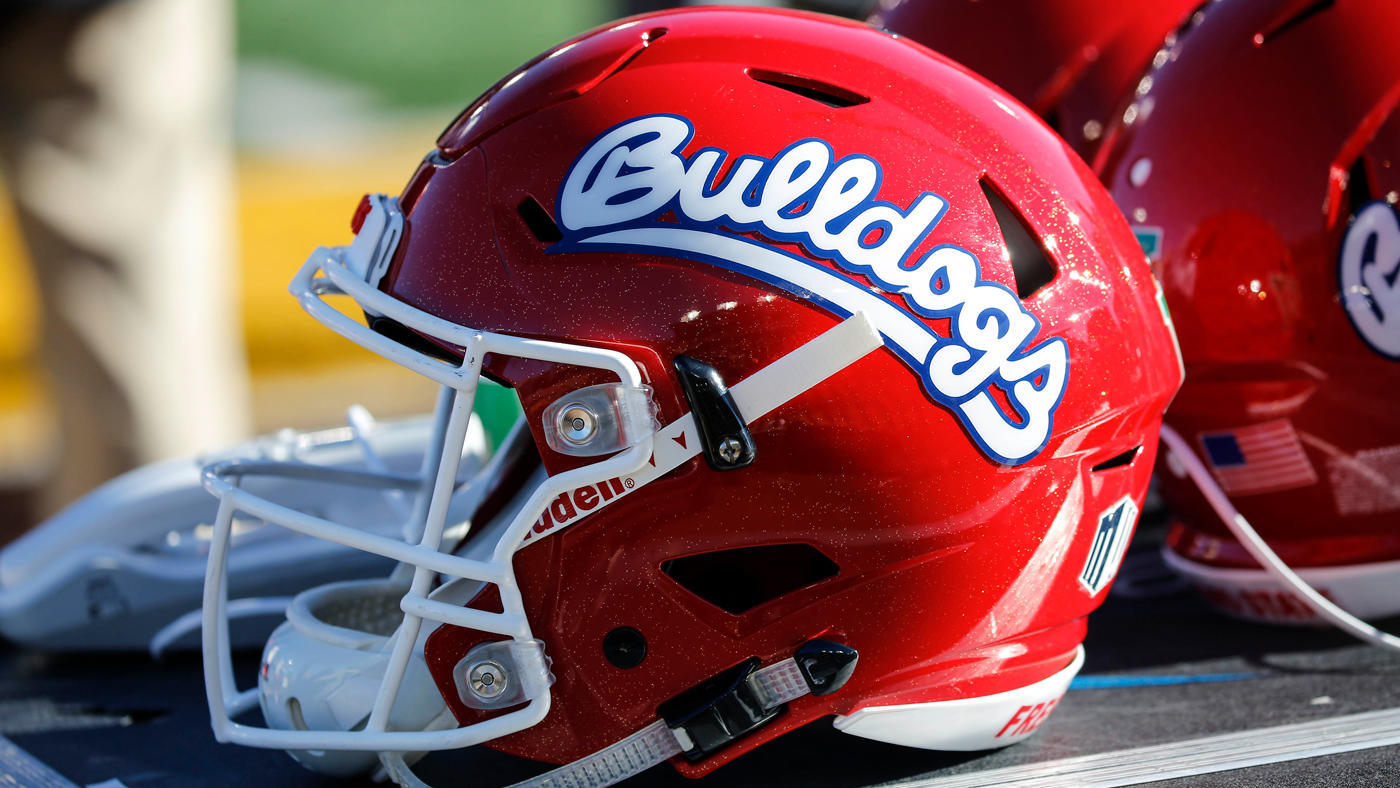Report on the Contributions of Staff Sgt. Kyle C Letendre to Military Readiness and Sustainable Development Goals
Executive Summary
This report details the service of U.S. Marine Corps Staff Sgt. Kyle C Letendre, a Marine Corps Reservist and civilian firefighter. His dual roles exemplify a profound commitment to national security and community resilience. During Exercise Atlantic Alliance 2025, his expertise as a refueler mechanics chief was critical to operational readiness. This analysis highlights how Staff Sgt. Letendre’s service directly supports several United Nations Sustainable Development Goals (SDGs), particularly SDG 16 (Peace, Justice, and Strong Institutions), SDG 11 (Sustainable Cities and Communities), and SDG 8 (Decent Work and Economic Growth).
Profile of Service
Background and Dual-Career Path
Staff Sgt. Kyle C Letendre serves as a refueler mechanics chief and expedient fuel technician with Marine Wing Support Squadron 471, Marine Aircraft Group 41, 4th Marine Aircraft Wing. His commitment extends beyond his military duties in the Marine Forces Reserve.
- Military Role: Supervision and technical expertise in aircraft refueling.
- Civilian Role: Firefighter with the Newton Fire Department in Newton, Iowa.
- Core Tenets: Staff Sgt. Letendre identifies discipline, physical and mental fitness, and a sense of camaraderie as principles that are fundamental to success in both his military and civilian professions.
Contributions to Military Operations
During Exercise Atlantic Alliance 2025 at Joint Base Cape Cod, Massachusetts, Staff Sgt. Letendre’s role was integral to mission success. He provided essential fuel support for multiple critical air assets, ensuring their continuous operation.
- F-5N Tiger II aircraft
- MV-22B Ospreys
- C-130 aircraft
Alignment with Sustainable Development Goals (SDGs)
SDG 16: Peace, Justice, and Strong Institutions
Staff Sgt. Letendre’s service directly strengthens the institutions responsible for peace and security. By ensuring the operational readiness of military aircraft, he contributes to the effectiveness and reliability of the U.S. Marine Corps, a key institution for maintaining national and global stability. His role as a firefighter similarly reinforces local institutions dedicated to public safety and justice.
SDG 11: Sustainable Cities and Communities
As a firefighter in Newton, Iowa, Staff Sgt. Letendre’s work is a direct contribution to SDG 11. He actively works to make his local community safer and more resilient against disasters. The skills and discipline honed in the Marine Corps enhance his ability to protect lives and property, fostering a secure environment for community members.
SDG 8: Decent Work and Economic Growth
The dual-career path of Staff Sgt. Letendre exemplifies the principles of SDG 8. He maintains two highly skilled, productive, and meaningful forms of employment that contribute to both the national defense framework and the local community economy. His continuous career development, through courses and diverse experiences within the Marine Corps, underscores a commitment to lifelong learning and professional growth.
SDG 17: Partnerships for the Goals
The Marine Corps Reserve model itself is a powerful partnership between the military and civilian sectors, enabling skilled individuals like Staff Sgt. Letendre to contribute to both spheres. Furthermore, exercises like Atlantic Alliance 2025 demonstrate effective partnerships between different military units and services, working collaboratively to achieve common security objectives.
Conclusion: A Model of Integrated Service
The career of Staff Sgt. Kyle C Letendre demonstrates that an individual’s commitment can have a multi-faceted impact, simultaneously advancing national security and sustainable community development. His dedication to both the Marine Corps and his local fire department illustrates a powerful synergy. The sense of “brother-sisterhood” he values in both organizations highlights the importance of inclusive and dependable teams in achieving institutional goals. His service is a testament to how a single Marine can make a significant difference, embodying the principles of purpose and consistency while contributing to a more peaceful, just, and sustainable world.
1. Which SDGs are addressed or connected to the issues highlighted in the article?
-
SDG 3: Good Health and Well-being
The article highlights the importance of physical and mental fitness for Staff Sgt. Letendre’s roles as both a Marine and a firefighter. He states, “Both jobs require the discipline to stay healthy, physically, and mentally fit to perform our jobs,” directly connecting his work to personal health and well-being.
-
SDG 4: Quality Education
The article mentions that Letendre has “attended courses for career development.” This points to lifelong learning opportunities and the acquisition of technical and vocational skills relevant to his profession within the Marine Corps.
-
SDG 8: Decent Work and Economic Growth
The profile of Staff Sgt. Letendre, who successfully balances a military reserve career with a civilian job as a firefighter, exemplifies productive employment. His story showcases a model of integrating service to the country with a “meaningful civilian life,” contributing to both national security and the local economy.
-
SDG 11: Sustainable Cities and Communities
As a firefighter with the Newton Fire Department, Letendre directly contributes to the safety and resilience of his local community. His service helps protect lives and property, which is a cornerstone of creating safe and sustainable communities.
-
SDG 16: Peace, Justice, and Strong Institutions
The article focuses on Letendre’s service within two key institutions: the U.S. Marine Corps (a national defense institution) and a local fire department (a community safety institution). His commitment, discipline, and the “brother-sisterhood” he experiences contribute to the strength, effectiveness, and positive culture of these institutions.
2. What specific targets under those SDGs can be identified based on the article’s content?
-
Target 3.4: Promote mental health and well-being
The article supports this target through Letendre’s statement about the necessity of being “mentally fit to perform our jobs.” This acknowledges the importance of mental health as a critical component of professional readiness and overall well-being in high-stress occupations.
-
Target 4.4: Increase the number of youth and adults who have relevant skills, including technical and vocational skills, for employment
Letendre’s role as a “refueler mechanics chief and expedient fuel technician” and his attendance at “courses for career development” directly align with this target. He is acquiring and utilizing specialized, technical skills that are essential for his employment in the Marine Corps.
-
Target 8.5: Achieve full and productive employment and decent work for all
The article describes Letendre’s dual employment as a Marine Reservist and a civilian firefighter. This demonstrates a model of full and productive employment, where an individual holds multiple meaningful roles that contribute to society.
-
Target 11.5: Significantly reduce the number of deaths and the number of people affected… caused by disasters
By serving as a firefighter, Letendre directly contributes to his community’s capacity to respond to emergencies and disasters, thereby working towards the goal of reducing their impact on the population.
-
Target 16.6: Develop effective, accountable and transparent institutions at all levels
The article portrays the Marine Corps and the Newton Fire Department as effective institutions. The emphasis on “dependability and loyalty,” “brother-sisterhood,” and the ability to “hold the standard” reflects the development of strong, cohesive, and effective teams within these public service institutions.
3. Are there any indicators mentioned or implied in the article that can be used to measure progress towards the identified targets?
-
Implied Indicator for Target 3.4:
The article implies an indicator related to the maintenance of professional fitness standards. The quote, “Both jobs require the discipline to stay healthy, physically, and mentally fit,” suggests that adherence to such standards can be a measure of promoting health and well-being within these professions.
-
Implied Indicator for Target 4.4:
An implied indicator is the participation in and completion of career development and vocational training courses. The article’s mention that Letendre “attended courses for career development” points to this as a way to measure the upskilling of personnel.
-
Implied Indicator for Target 8.5:
The article suggests an indicator related to the number of individuals successfully maintaining dual-career paths, specifically combining military reserve service with civilian employment. Letendre’s story is a case study of this form of productive employment.
-
Implied Indicator for Target 11.5:
The presence and readiness of trained emergency personnel is an implied indicator. The article confirms that Letendre is an active firefighter, which contributes to the number of trained first responders available to serve a community, a measure of its disaster preparedness.
-
Implied Indicator for Target 16.6:
The article implies an indicator related to personnel morale and institutional cohesion. The description of the “brother-sisterhood” and “dependability and loyalty” within both the Marine Corps and the fire department can be seen as qualitative measures of institutional strength and effectiveness.
4. Table of SDGs, Targets, and Indicators
| SDGs | Targets | Indicators (Implied from Article) |
|---|---|---|
| SDG 3: Good Health and Well-being | Target 3.4: Promote mental health and well-being. | Maintenance of professional physical and mental fitness standards. |
| SDG 4: Quality Education | Target 4.4: Increase the number of adults who have relevant technical and vocational skills for employment. | Participation in and completion of career development and vocational training courses. |
| SDG 8: Decent Work and Economic Growth | Target 8.5: Achieve full and productive employment and decent work for all. | Number of individuals successfully maintaining dual-career paths (e.g., military reserve and civilian employment). |
| SDG 11: Sustainable Cities and Communities | Target 11.5: Significantly reduce the number of deaths and people affected by disasters. | Number of trained first responders (e.g., firefighters) available to serve a community. |
| SDG 16: Peace, Justice, and Strong Institutions | Target 16.6: Develop effective, accountable and transparent institutions at all levels. | Qualitative measures of personnel morale and institutional cohesion (e.g., sense of camaraderie, dependability, and loyalty). |
Source: dvidshub.net







